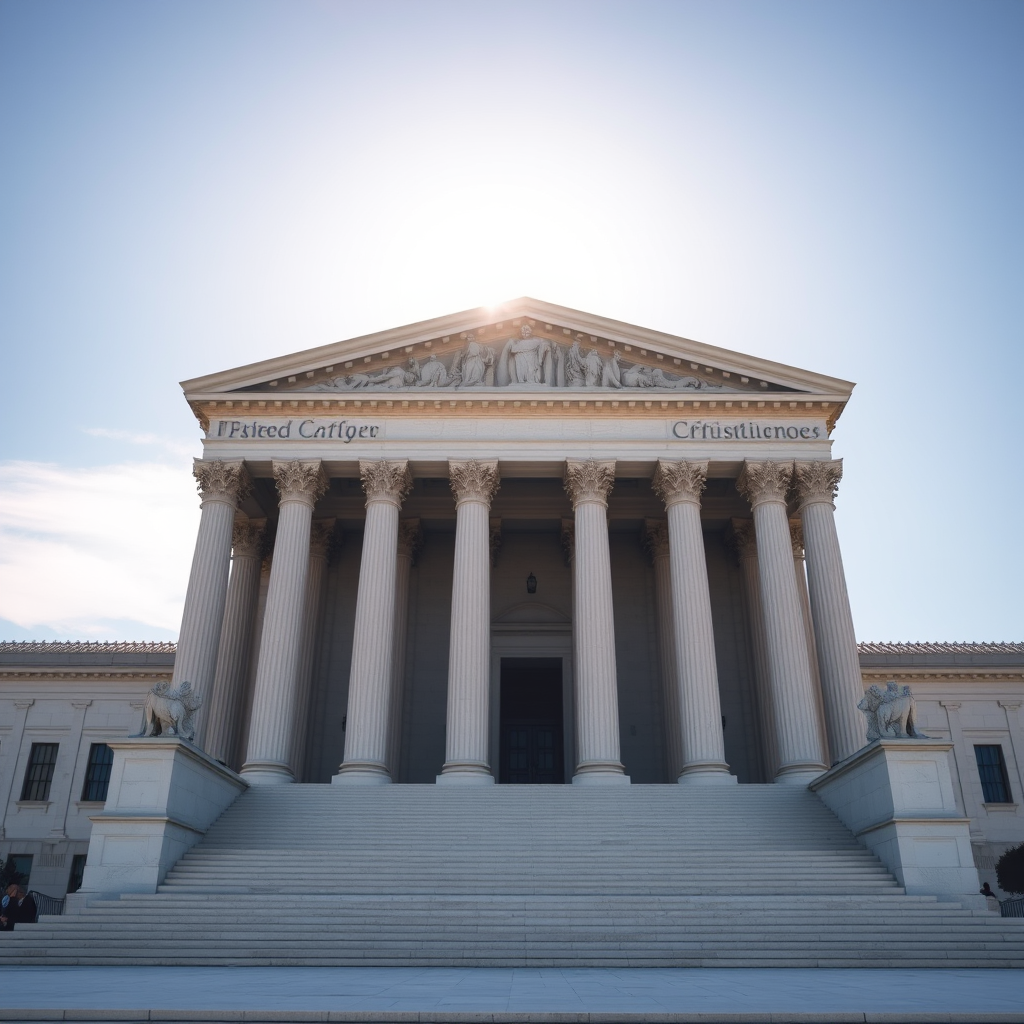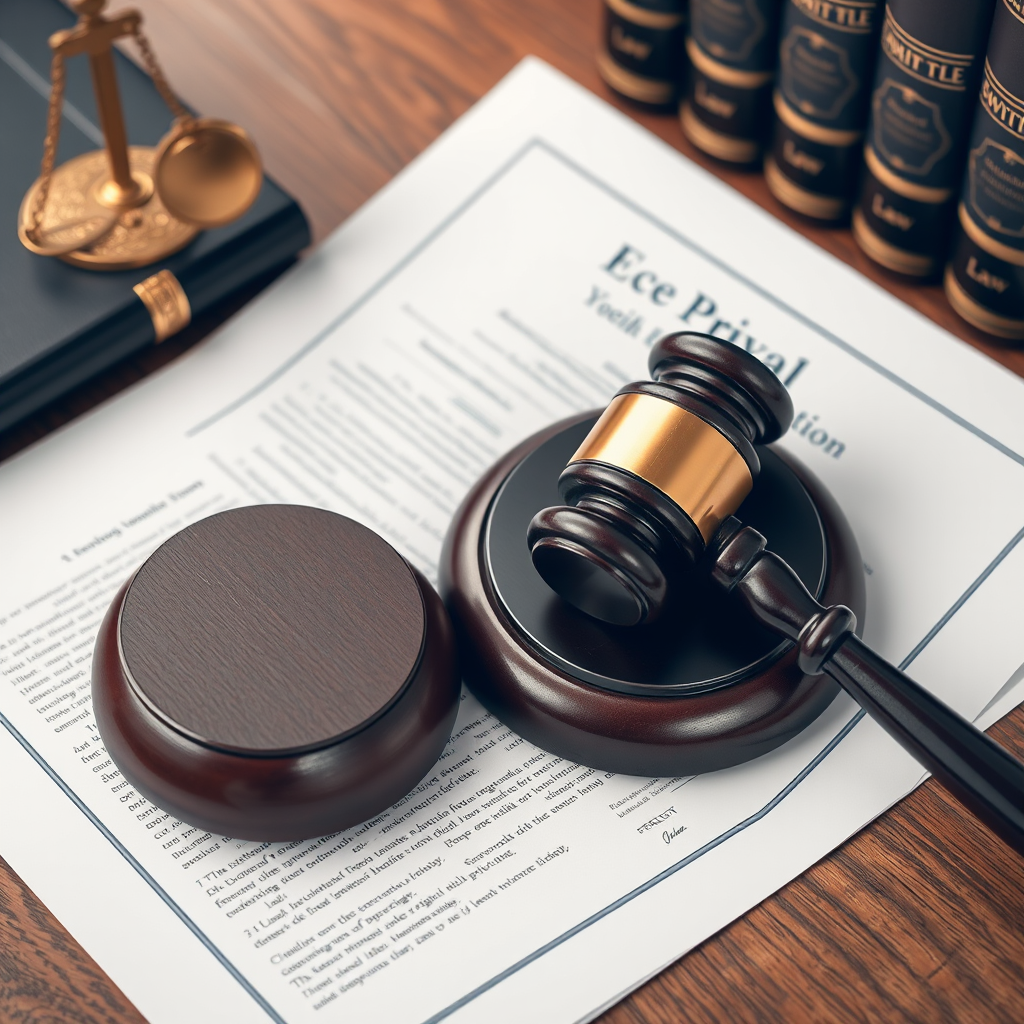Supreme Court Ruling Changes Digital Privacy Landscape

In a landmark decision that will reshape the digital privacy landscape for years to come, the Supreme Court has established new precedents that significantly strengthen individual privacy rights in the digital age. This ruling represents a pivotal moment in the ongoing battle between personal privacy and technological advancement.
The Court's Decision: A New Era for Digital Rights
The Supreme Court's 7-2 majority opinion, delivered in late November 2024, fundamentally alters how law enforcement agencies and private entities can access and utilize personal digital data. The ruling establishes that individuals have a reasonable expectation of privacy in their digital communications and stored data, even when using third-party services.
Chief Justice Roberts, writing for the majority, emphasized that "the digital revolution cannot be allowed to erode the constitutional protections that have safeguarded American privacy for centuries." This statement underscores the Court's commitment to adapting constitutional principles to modern technological realities.
Key Provisions of the Ruling
- Warrant Requirement: Law enforcement must obtain specific warrants before accessing digital communications stored by third-party providers
- Data Minimization: Government agencies must demonstrate that requested data is directly relevant to ongoing investigations
- Notification Rights: Individuals must be notified when their digital data has been accessed, except in cases of ongoing criminal investigations
- Corporate Accountability: Technology companies face new obligations to protect user data and resist overly broad government requests
Implications for Legal Practice
This ruling creates significant implications for lawyers practicing in various areas of law. Criminal defense attorneys will now have stronger grounds to challenge digital evidence obtained without proper warrants. Privacy law specialists anticipate a surge in litigation as individuals seek to enforce their newly recognized rights.

Impact on Different Legal Areas
Criminal Law: Defense attorneys can now challenge digital evidence more effectively, potentially leading to case dismissals where evidence was improperly obtained.
Corporate Law: Companies must review and update their data handling policies to comply with new privacy standards.
Civil Rights: Individuals have new avenues for pursuing privacy violation claims against both government entities and private corporations.
Historical Context and Legal Precedent
This decision builds upon decades of privacy jurisprudence, from the foundational Katz v. United States case in 1967 to more recent digital privacy decisions. The Court explicitly rejected the "third-party doctrine" that had previously allowed government access to data held by service providers without warrants.
Legal scholars note that this ruling represents the most significant expansion of digital privacy rights since the advent of the internet. Professor Sarah Mitchell of Harvard Law School commented, "This decision finally brings Fourth Amendment protections into the 21st century, recognizing that our digital lives deserve the same constitutional protections as our physical ones."
Challenges and Implementation
While the ruling is celebrated by privacy advocates, it presents significant challenges for law enforcement agencies. Federal and state agencies must now develop new procedures for obtaining digital evidence, potentially slowing some investigations. However, the Court emphasized that legitimate law enforcement needs can still be met through proper warrant procedures.
What This Means for Individuals
Citizens now have stronger legal grounds to protect their digital privacy. This includes email communications, cloud storage, location data, and social media interactions. However, individuals should still take proactive steps to protect their privacy, as the ruling doesn't eliminate all forms of digital surveillance.
Future Legal Landscape
The decision is expected to trigger a wave of legislative activity as Congress considers comprehensive digital privacy legislation. Several states have already announced plans to strengthen their privacy laws in response to the ruling. Legal experts predict that this decision will influence privacy law development for decades to come.
Technology companies are also reassessing their data practices and government cooperation policies. Major tech firms have announced plans to implement stronger user privacy protections and more rigorous standards for responding to government data requests.

Conclusion: A Watershed Moment
This Supreme Court ruling represents a watershed moment in digital privacy law, establishing clear constitutional protections for personal data in the digital age. For lawyers, it opens new practice areas and strengthens existing privacy-related legal arguments. For individuals, it provides meaningful protection against unreasonable digital searches and surveillance.
As the legal community adapts to these new precedents, ongoing education and careful attention to implementation details will be crucial. The ruling's full impact will unfold over the coming months and years as lower courts apply these principles to specific cases and situations.
The decision ultimately affirms that constitutional privacy rights must evolve with technology, ensuring that fundamental protections remain relevant and effective in our increasingly digital world. This ruling will undoubtedly be studied and cited for generations as a defining moment in the intersection of law and technology.